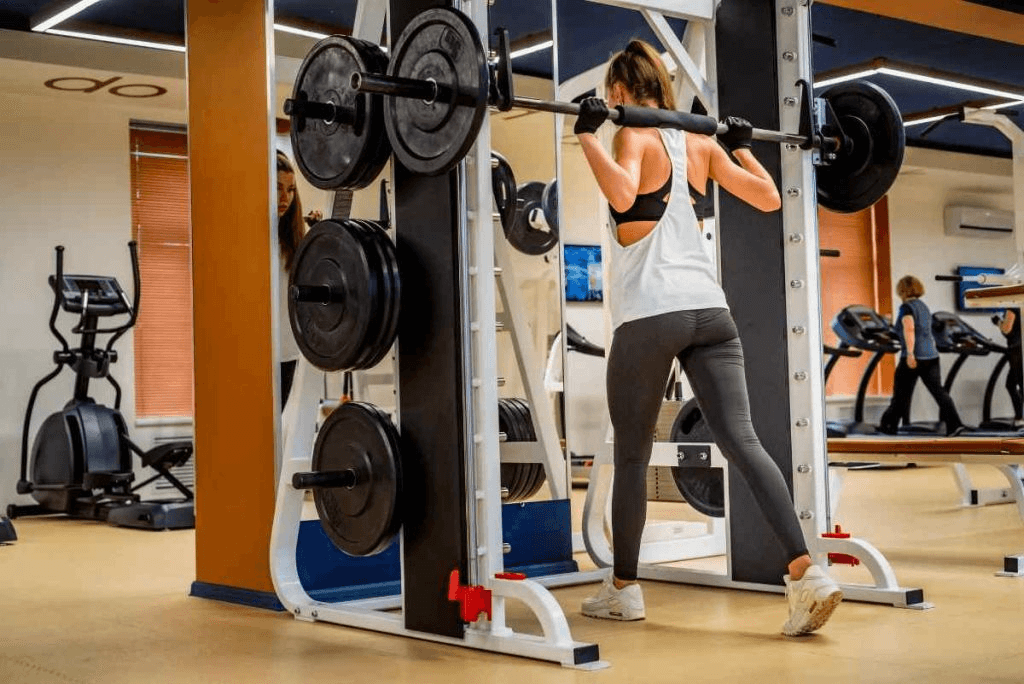When most people think of strength training, they picture building big, powerful muscles like the chest, quads, or back. But focusing only on the major muscle groups overlooks an essential part of the equation: small muscles. These often-neglected muscles play a huge role in overall strength, balance, injury prevention, and athletic performance.
Let’s dive deeper into what small muscle groups are, why they deserve your attention, and how to train them effectively.
What Are Small Muscle Groups?
Small muscle groups — sometimes called minor muscle groups — refer to the smaller, often supporting muscles throughout your body. While they don’t have the sheer size of the major muscle groups, they serve critical functions. Common examples include:
-
Rotator cuff muscles (shoulder stabilization)
-
Biceps and triceps (arm movement and control)
-
Forearm muscles (grip strength)
-
Calves (ankle and knee stability)
-
Tibialis anterior (shin stability)
-
Core stabilizers like the transverse abdominis
These little muscles help maintain joint integrity, posture, and provide the finer control needed for athletic and daily movements.
Why You Should Train Small Muscles
Neglecting small muscle group exercises can leave you with strength imbalances, poor performance, and a higher risk of injury. Think of your body like a car: big muscles are the engine, but small muscles are the alignment, brakes, and steering. Without strong minor systems, the whole machine suffers.
Training small muscle groups:
-
Enhances joint stability
-
Boosts major lifts like squats, presses, and pulls
-
Improves balance and coordination
-
Reduces injury risk (especially in shoulders, knees, and ankles)
-
Corrects imbalances caused by overtraining "main" muscles
Focusing on a small muscle workout even just 1–2 times a week can make a massive difference over time.
Best Small Muscle Group Exercises
If you want to strengthen your small muscles, incorporate these into your routine:
-
External rotations (shoulder health)
-
Face pulls (rear delts and upper back)
-
Wrist curls and extensions (forearm strength)
-
Calf raises (lower leg power and stability)
-
Tibialis raises (shin protection, especially for runners)
-
Plank variations (core stability)
-
Single-leg balance work (ankle and knee stabilization)
These exercises target the often-forgotten muscles that contribute to better performance in both fitness and daily activities.
Sample Small Muscle Group Workout
Here’s a simple small muscle group workout you can add after your main training session:
| Exercise | Sets | Reps |
|---|---|---|
| Band External Rotations | 3 | 15 |
| Face Pulls | 3 | 15 |
| Seated Calf Raises | 3 | 25 |
| Tibialis Raises | 3 | 25 |
| Wrist Curls | 3 | 20 |
| Single-Leg Stands (each leg) | 3 | 30 sec |
Keep the rest periods short — about 30 to 45 seconds — and focus on strict, controlled form rather than heavy weight.
Even 25 minutes of focused small muscle exercises once or twice a week can bring huge improvements to your overall strength and performance.
How Small Muscle Training Supports Your Main Workouts
Training small muscles isn’t about replacing your big lifts — it’s about enhancing them. Strengthening your minor stabilizers will allow you to push heavier weights safely during your main workouts.
For instance:
-
Strong rotator cuff muscles mean safer, stronger bench presses.
-
Strong calves and tibialis anterior muscles improve squat depth and power.
-
Tougher forearms lead to better deadlift grip and more effective rows.
In short, supporting your main lifts with focused small muscle training leads to better gains and fewer setbacks.
Conclusion
When designing your training program, don’t overlook the impact of small muscles. Building them up with intentional small muscle group workouts and exercises is one of the smartest investments you can make in your strength, longevity, and athleticism.
Start small — add 1–2 focused sessions a week, and over time, the benefits will become impossible to miss. Strong big muscles look impressive, but a body fortified by strong small muscles performs like a machine.











































Leave a comment
This site is protected by hCaptcha and the hCaptcha Privacy Policy and Terms of Service apply.